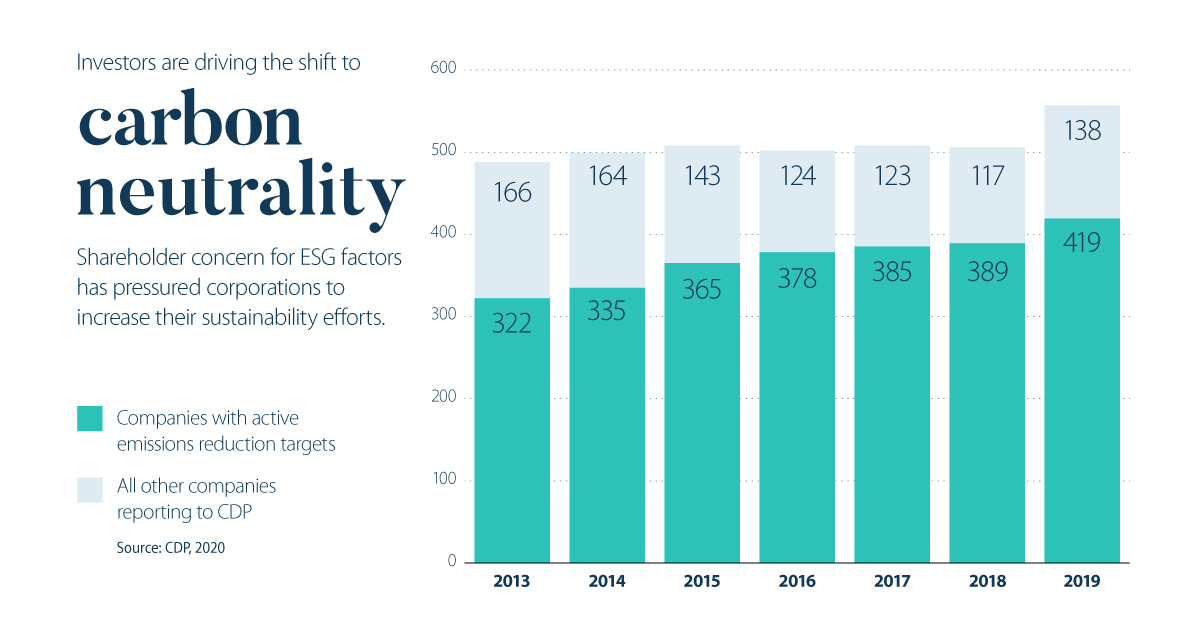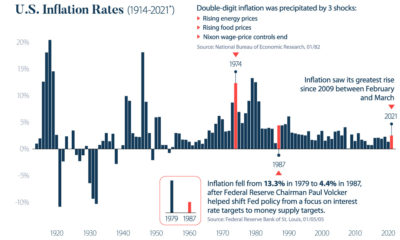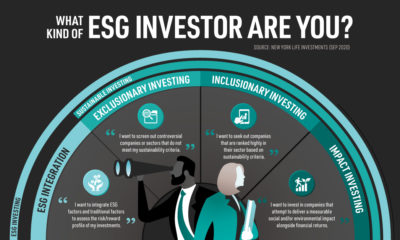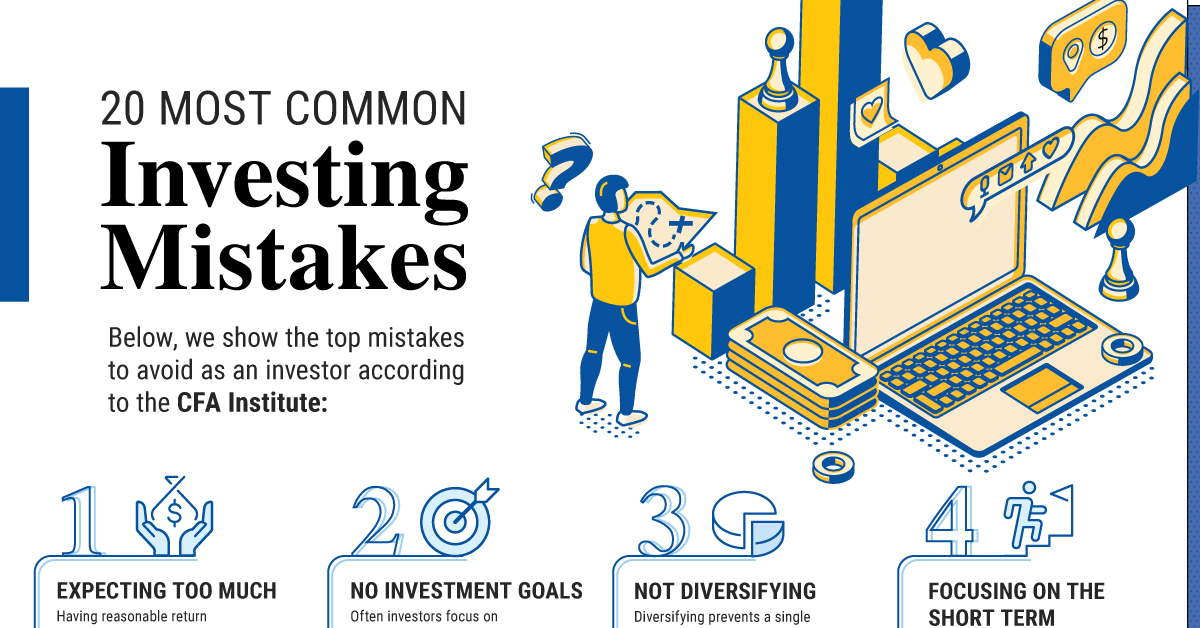This infographic is available as a poster.
Carbon Offsetting: What Investors Should Know
In 2016, an international treaty known as the Paris Agreement was negotiated by member nations of the UN Framework Convention on Climate Change.
The long-term goal of this agreement is to limit the increase in global temperature to below 3.6°F (2°C) over the next century. Achieving this target will require the world to develop cleaner solutions across all areas of the economy, from energy to transportation.
In this infographic from New York Life Investments, we introduce carbon offsetting, an activity used by both businesses and investment funds that has the potential to accelerate the development of a more climate-friendly economy.
What are GHG Emissions, and Where do They Come From?
Greenhouse gases (GHGs) are a family of gases known to trap heat in the Earth’s atmosphere. The most prevalent among them is carbon dioxide (CO₂), which accounts for 80% of America’s GHG emissions. Common sources of CO₂ include fossil fuel consumption and deforestation.
Businesses are often significant emitters of CO₂, but due to the complexity of their production chains, emissions can be difficult to track. To combat this, a company’s carbon footprint is measured across three scopes:
- Scope 1: These are direct emissions from a company’s operations. An example would be the CO₂ emitted by company-owned factories.
- Scope 2: These are indirect emissions from a company’s operations, such as the pollution generated from purchased electricity.
- Scope 3: These are indirect emissions from the company’s supply chains. Common sources include the extraction of raw materials and business travel.
Although we understand that GHGs are harmful to the planet, our ability to eliminate them is limited by technology and costs. Fortunately, this is where offsetting can help.
How Does Carbon Offsetting Work?
Carbon offsetting is a method of neutralizing one’s emissions by investing in GHG-reducing projects. The benefits of these projects are measured by the amount of CO₂ equivalent (CO₂e) that they avoid or absorb. Then, the company or fund that is engaging in the carbon offsetting project will then receive one carbon credit for every tonne of CO₂e negated.
Below are the three common types of GHG reduction programs.
1. Energy efficiency projects
These projects reduce energy consumption. One example is the distribution of energy-efficient cookstoves in Rwanda, a country where many people rely on firewood and charcoal. By distributing 10,800 cookstoves throughout the country, nearly 60,000 tonnes of CO₂e can be avoided each year.
2. Forestry projects
These projects nurture and protect our CO₂-absorbing forests. One notable example is the Garcia River forest protection program, which ensures the longevity of California’s redwood forests. The program oversees over 9,600 hectares which has been estimated to store almost 80,000 tonnes of CO₂e annually.
3. Renewable energy projects
These projects reduce our dependency on fossil fuels. They are especially effective in economies such as Taiwan, where 75% of electricity capacity relies on fossil fuels. Thanks to its strong coastal winds, Taiwan is able to remove 328,000 tonnes of CO₂e per year with just 62 wind turbines.
How is Offsetting Regulated?
Carbon offsetting in America is primarily a voluntary activity, but some state governments have made it mandatory for significant polluters. Here’s how both markets are regulated.
The Voluntary Market
The voluntary market is regulated by a variety of third-party organizations such as Verra, Gold Standard, and American Carbon.
They conduct audits on GHG reduction projects to ensure each one meets four broad criteria:
- Measurability: The GHG savings of the project must be measurable
- Verifiability: The results of the project must be verified on an annual basis
- Sustainability: Each project should have a minimum lifespan of seven years
- Additionality: GHG reductions of project must be considered in reference to a baseline scenario
Carbon credits are only issued after a project has passed this verification process.
The Mandatory Market
Some U.S. states have introduced carbon offsetting schemes to meet their climate goals. One of the largest is California’s Cap and Trade program which was introduced in 2013.
The program is targeted at businesses that emit over 25,000 tonnes of CO₂e annually, and works by setting a “cap” on total annual emissions. This cap is reduced each year, and overpolluting businesses must acquire carbon credits to offset their excess pollution. These can be purchased from state-administered auctions or from other firms.
Revenues generated from California’s carbon credit auctions are used to fund various GHG reduction projects, including:
- 690,000 acres of land preserved or restored
- 287,000 rebates issued for zero-emission and plug-in hybrid cars
- 108,000 urban tree plantings
- 150,000 energy efficiency projects installed in homes
By 2030, California’s emissions cap is intended to reach 200.5 million tonnes of CO₂e, marking a near 50% reduction from its 2015 level.
What Role can Investors Play?
A majority of U.S. investors consider themselves to be values-based, meaning they care about the societal and environmental impacts of their investments. This mentality is increasing the demand for ESG investing and placing pressure on corporations to become more sustainable.
For example, the percentage of S&P 500 firms that publish sustainability reports has risen from just 20% in 2011 to 90% in 2019. More importantly, a growing number of U.S. firms are cooperating with the CDP (formerly the Carbon Disclosure Project) to report their emissions and set formal reduction targets.
| Year | Companies with active emissions reduction targets | All other companies reporting to the CDP | Total |
| 2013 | 322 | 166 | 488 |
| 2014 | 335 | 164 | 499 |
| 2015 | 365 | 143 | 508 |
| 2016 | 378 | 124 | 502 |
| 2017 | 385 | 123 | 508 |
| 2018 | 389 | 117 | 506 |
| 2019 | 419 | 138 | 557 |
Source: CDP 2020
Some of the world’s largest oil producers are also taking action—a testament to the significance of these shareholder concerns. Royal Dutch Shell announced earlier in 2020 that it intends to fully offset its Scope 1 and 2 emissions.
Does Offsetting Really Help?
Carbon offsetting programs such as the one implemented by California have the potential to generate revenues and encourage innovation. Critics, however, have suggested it has a number of design issues.
One such issue is the fact that California’s carbon credits do not expire. This could allow companies to stockpile credits and ignore future cuts to the emissions cap. Another concern is that the companies covered by California’s cap and trade will simply pass their higher costs to the consumer, although this claim didn’t seem to hold up in a 2016 study conducted by UCLA.
Other inefficiencies within the program may exist, but its benefits are hard to ignore. By the end of 2019, the revenue generated from California’s carbon credit auctions totaled $12.5 billion. Of this amount, over $5 billion has been invested in GHG reduction projects to date.




 Infographics2 years ago
Infographics2 years ago
 Markets in a Minute2 years ago
Markets in a Minute2 years ago
 Markets in a Minute2 years ago
Markets in a Minute2 years ago
 Infographics2 years ago
Infographics2 years ago
 Markets in a Minute1 year ago
Markets in a Minute1 year ago
 Markets in a Minute2 years ago
Markets in a Minute2 years ago
 Infographics1 year ago
Infographics1 year ago
 Markets in a Minute2 years ago
Markets in a Minute2 years ago




















